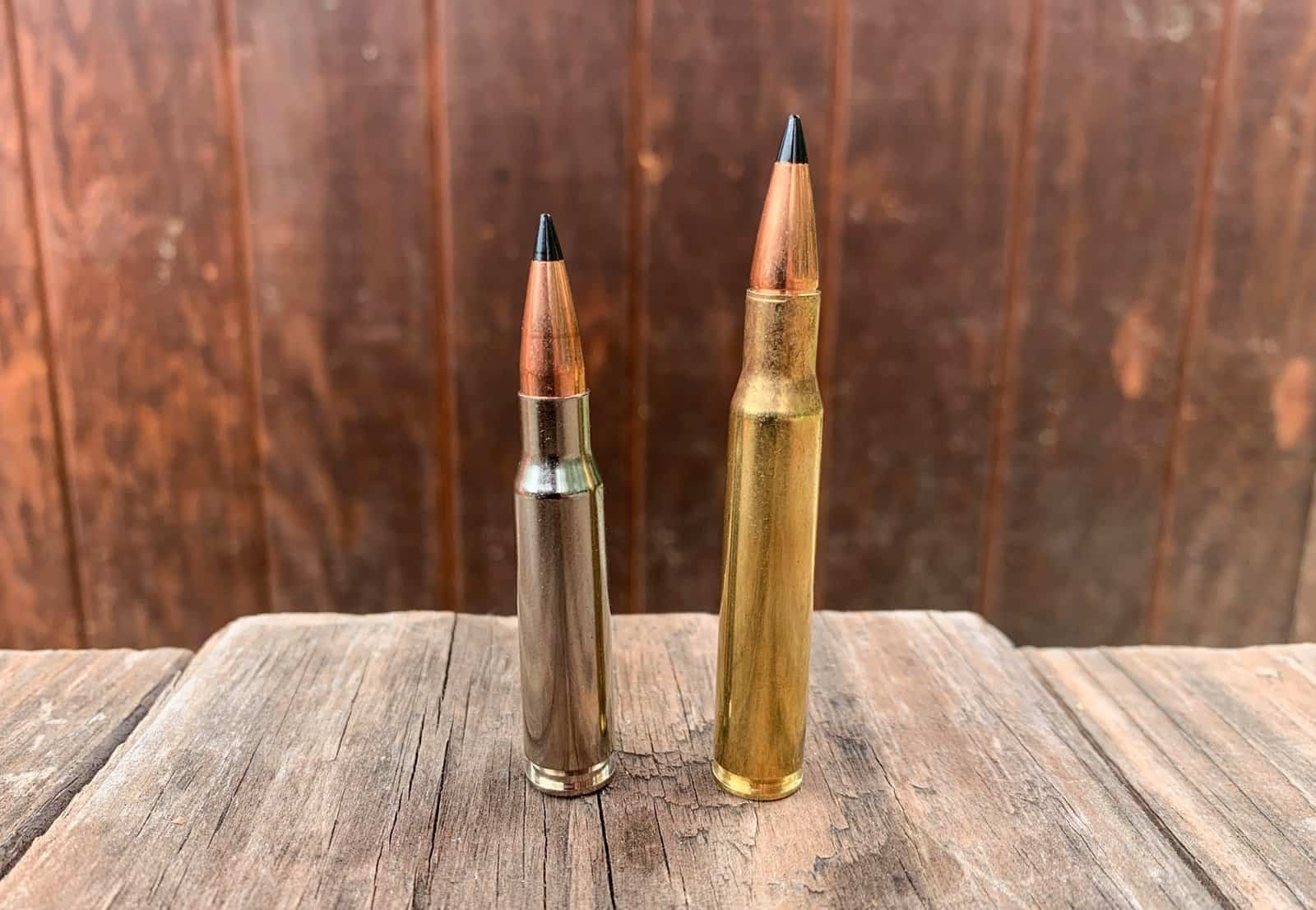For the first time, a telescope can cause or interrupt the stargazing experience when observing stars throughout life. If you have chosen a low-quality device or have higher expectations for what to see, you may be disappointed and never try again. That is why it’s crucial to know what you can expect from the telescope and to understand what you can see with it.
Typically, the 70 mm telescope is an excellent starting point for beginners and advanced astronomers. With it, you can get a good image and make all objects visible in the night sky from the ground. Also, it offers a clear view when focusing on the moon and the craters. You can use it to view the largest planets found in a solar system. Nevertheless, do not expect to see all the details of the planets.
Here is what you can see with a 70mm telescope:
With a 70mm telescope, you can observe a variety of celestial objects, though the level of detail and brightness will vary compared to larger telescopes. Here’s what you can typically see with a 70mm telescope:
1. Moon
- Craters, mountains, and lunar seas (maria) are visible in detail.
- Lunar phases and terminator (the line dividing the lit and dark sides of the Moon) are clearly observable.
2. Planets
- Jupiter: You can see the cloud bands and its four largest moons (Io, Europa, Ganymede, Callisto).
- Saturn: The rings of Saturn and its largest moon, Titan, are visible.
- Mars: Surface features like polar ice caps and dark markings may be discernible during favorable oppositions.
- Venus: Phases of Venus can be observed as it orbits the Sun.
3. Bright Deep-Sky Objects
- Star Clusters: Open clusters like the Pleiades (M45) and globular clusters such as M13 in Hercules.
- Nebulae: Some brighter nebulae like the Orion Nebula (M42) can show structure and faint gas clouds.
- Galaxies: Larger and brighter galaxies like the Andromeda Galaxy (M31) and the Triangulum Galaxy (M33) appear as faint smudges of light.
4. Double Stars
- Resolvable double stars where the components are well-separated.
5. Solar System Events
- Occultations, transits, and conjunctions of planets and the Moon with stars and each other.
Tips for Observing with a 70mm Telescope:
- Dark Skies: Viewing from locations with minimal light pollution enhances your ability to see fainter objects.
- Patience: Allow your eyes to adapt to darkness for better visibility of faint objects.
- Stability: Use a stable mount or tripod to minimize vibrations and improve clarity, especially at higher magnifications.
While a 70mm telescope has limitations in light-gathering compared to larger instruments, it still provides rewarding views of many celestial wonders and is an excellent choice for beginners and casual observers interested in exploring the night sky.
Photos taken using the 70mm telescopes

When taking the photos using these telescopes, you will consider sights, which will depend mainly on the light pollution, atmosphere, the state of the sky, and the quality of the eyepiece, among others. You also need a high-quality telescope that will identify the heavenly bodies in a night sky. If you’re looking for the 70mm telescopes that will not break the bank but will offer a high-quality image, keep in mind that some of the photos that may be taken using the long exposures. This means they may appear a bit colorful than what you may see in real life. Likewise, not all photos taken with 70mm telescopes using 68-75 lenses may look similar.
Generally, in a clear sky with a minimal light population, the following celestial objects in the sky can be seen with a 70mm telescope:
- Moon with the craters
- The Mercury phases
- Cloud belt on Jupiter
- The polar caps on the Mars
- The dark surface on Mars
- Moons and the shadows on Jupiter
- The rings of Saturn and 4 to 5 Moons of Saturn
- Sunspots clearly with the aperture filter
- Neptune and Uranus though not clear
- Nebulas and stars
- Some of the double stars, for example, Mizar, Albireo, etc.
- Distant galaxies
- Emissions nebulas
- Stars measuring between 11.5 and 12 stellar magnitudes
- Globular clusters
- Planetary nebulas
With the 70 mm telescopes, children and young people who are interested in astronomy can use them. The range of scope does not break the bank, essentially to these cheaper telescopes. This does not necessarily mean that they are bad, but they are made for a particular audience who want to start viewing the stars. Normally, this telescope is recommended only to children under 15 years or those who want the telescope, but they are under a tight budget.
The exception to this rule is when you are looking precisely for a camping or travel telescope. The 70mm telescope is generally easy to carry, making it the best option if you want to carry a telescope with you when going on a trip.
Advantages
- It is portable
- Easy to carry
- Come with affordable price
- Have many options
Disadvantages
- Small lenses result in low image resolution
- Have few options of magnifications
- It has a smaller aperture that does not accept high magnification eyepieces. Typically, it does not matter whether you are trying to use a 300x magnification. It is not similar to 100x magnification of why the telescopes collect only limited light. The maximum magnification in every inch is 50x, which means that with a 70 mm aperture, only a magnification of 135x can be achieved.
Can you see galaxies with a 70mm telescope?
Conclusion
If you are looking for the best 70mm telescope, you will probably benefit from the refractor because the aperture is between 50 and 150mm. The aperture of the telescopes is traditionally 114 to 400 mm. The catadioptric options are considered hybrid as they generally combine the characteristics of refractors and reflectors, but ensure excellent optical performance.
If the aperture of the telescope is lower, there is a likelihood of less cost when buying it. The 70mm refractor telescope essentially is considered the best option for beginners. Still, it may not satisfy users who have learned the basics of using this device or who, at one time, are used to see celestial objects.
Related Post:
How Does A Mirrorless Camera Shutter Work?
How to Tell If Telescope Needs Collimation?



